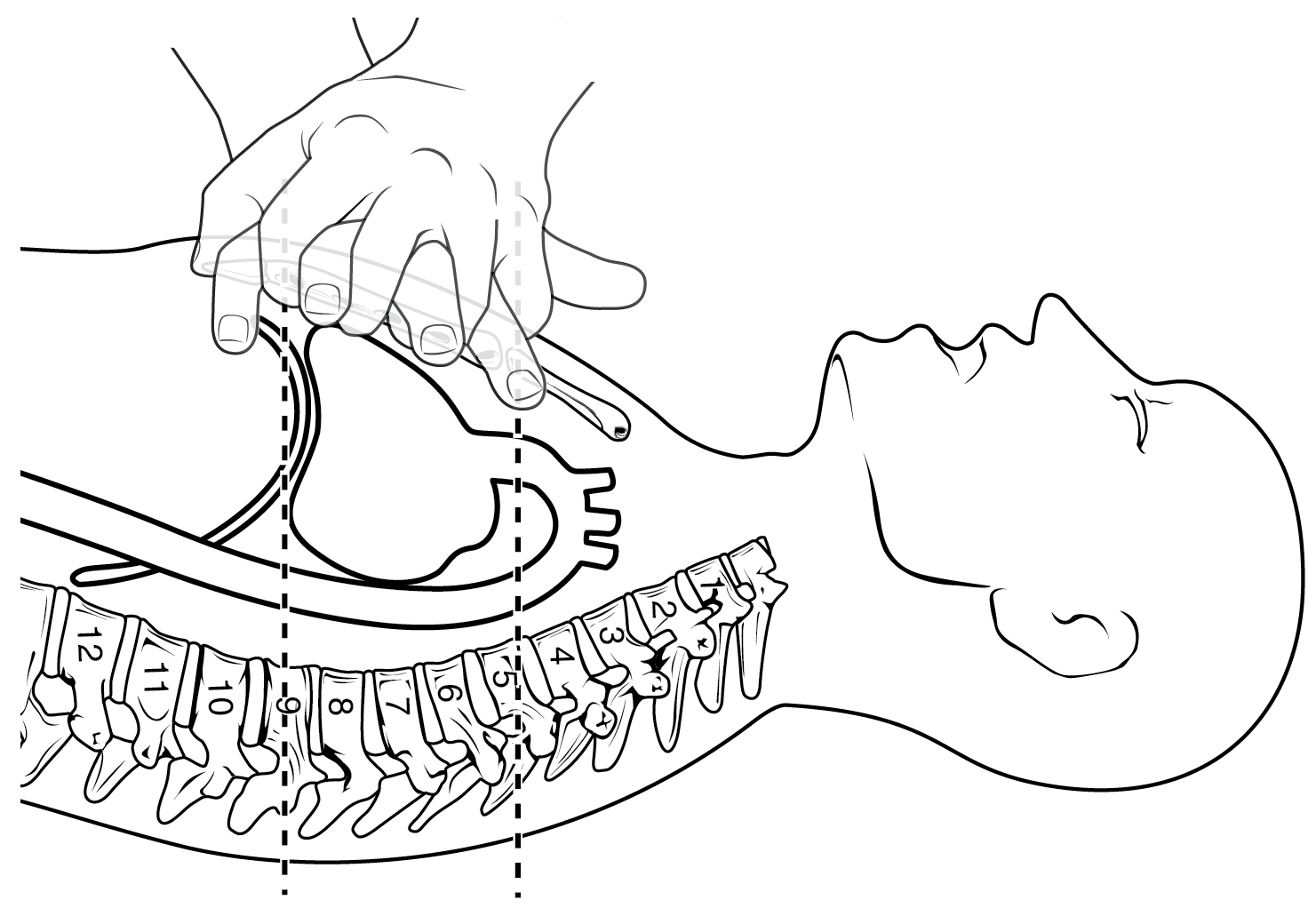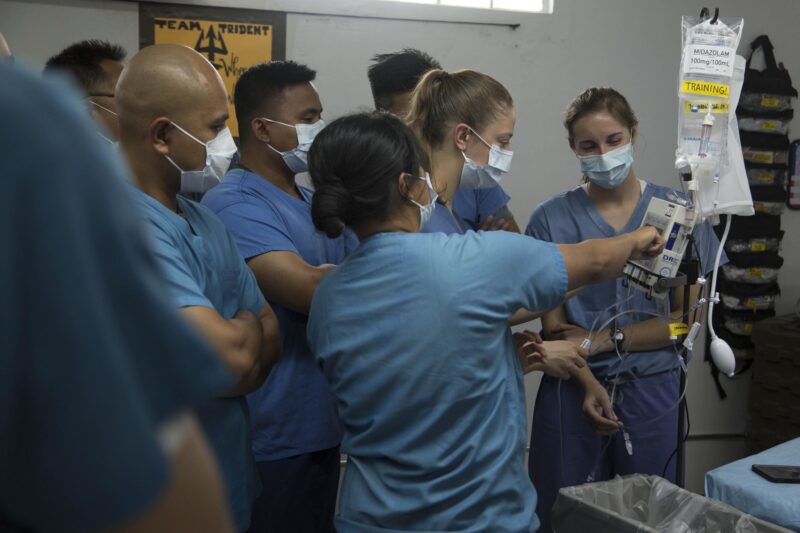Airway management remains the single highest risk time for our patients in pediatric ICU. We’ve known about these problems for a long time, but they’re finally gaining the attention they deserve with registry projects and multicenter studies, new ways of thinking that move away from old dogmas and new ways to use our drugs and devices. One of the groups with the highest rates of peri intubation cardiac arrest is the child with cardiac disease or hemodynamic instability. Recent studies show extraordinary rates of peri intubation cardiac arrest as high as four to 15% in the 30 minute peri-intubation window.
We’ll discuss resuscitation and airway management in child with cardiac disease or hemodynamic instability, introduce the concept of the resus spiral staircase and talk about how you can optimize your team, respiratory support and hemodynamics. We cover delayed sequence intubation and that not every patient needs a tube and not every patient needs a tube right now. With better drugs and devices like dexmedetomidine and non-invasive, we’ve actually opened up a big zone between no support and invasive ventilation. We’ll discuss ECMO standby when, how, who, and then finally de-resuscitation and extubation or separation from support.
This is a really big episode, so we’ve split it into two. This first half covers the resus spiral, team management and monitoring. And in the second episode, we will go into respiratory and hemodynamic support, rescue strategies, including ECMO and finally extubation.
Featuring regular hosts @drpetaalexander @BostonChildrens @karen_choong @MCH-childrens @drgregkelly @SCHNkidsNo time to listen or want to participate in the discusion? You can find a full Tweetorial of this episode on Twitter @pedsintensiva and here on our website here
Read the full tweet thread of the episode and
contribute to the conversation
Season 4 "Airways That Scare Me" #1 - Shock & Hemodynamic Instability
— Pediatrica Intensiva:The Art & Science of #pedsICU (@PedsIntensiva) June 8, 2023
We're excited re. this season bc it's getting back to talking about how experts actually DO the hard stuff@drgregkelly @drpetaalexander @karen_choong#AirwayManagement #pedsICU #pedsCICU #resus
How to search Tweet threads using Twitter advanced search:
Twitter advanced search enables you to search @PedsIntensiva’s tweet threads for keywords. Just enter your search terms in “Words” and @PedsIntensiva in “From these accounts".
Selected references
Season 4, Episode 1
Published: June 7, 2023
Run time: 00:48

